On the morning of February 17, Minister of Information and Communications Nguyen Manh Hung spoke to explain some issues that National Assembly deputies were concerned about regarding the draft Resolution on piloting a number of policies to remove obstacles in science, technology (S&T) and innovation activities.
According to Minister Nguyen Manh Hung, the opinions in the group and the 18 opinions in the hall today all aim to have a truly high-quality, feasible and revolutionary resolution, solving a number of urgent issues, to initially create breakthrough development, create momentum for science and technology, innovation and digital transformation, to immediately implement Resolution 57 of the Politburo .
Clarifying some issues of interest to delegates, the Minister said that regarding the name of the resolution, the drafting agency would like to propose a new name: Resolution on piloting a number of special policies and mechanisms to create breakthroughs in science and technology development, innovation and digital transformation.
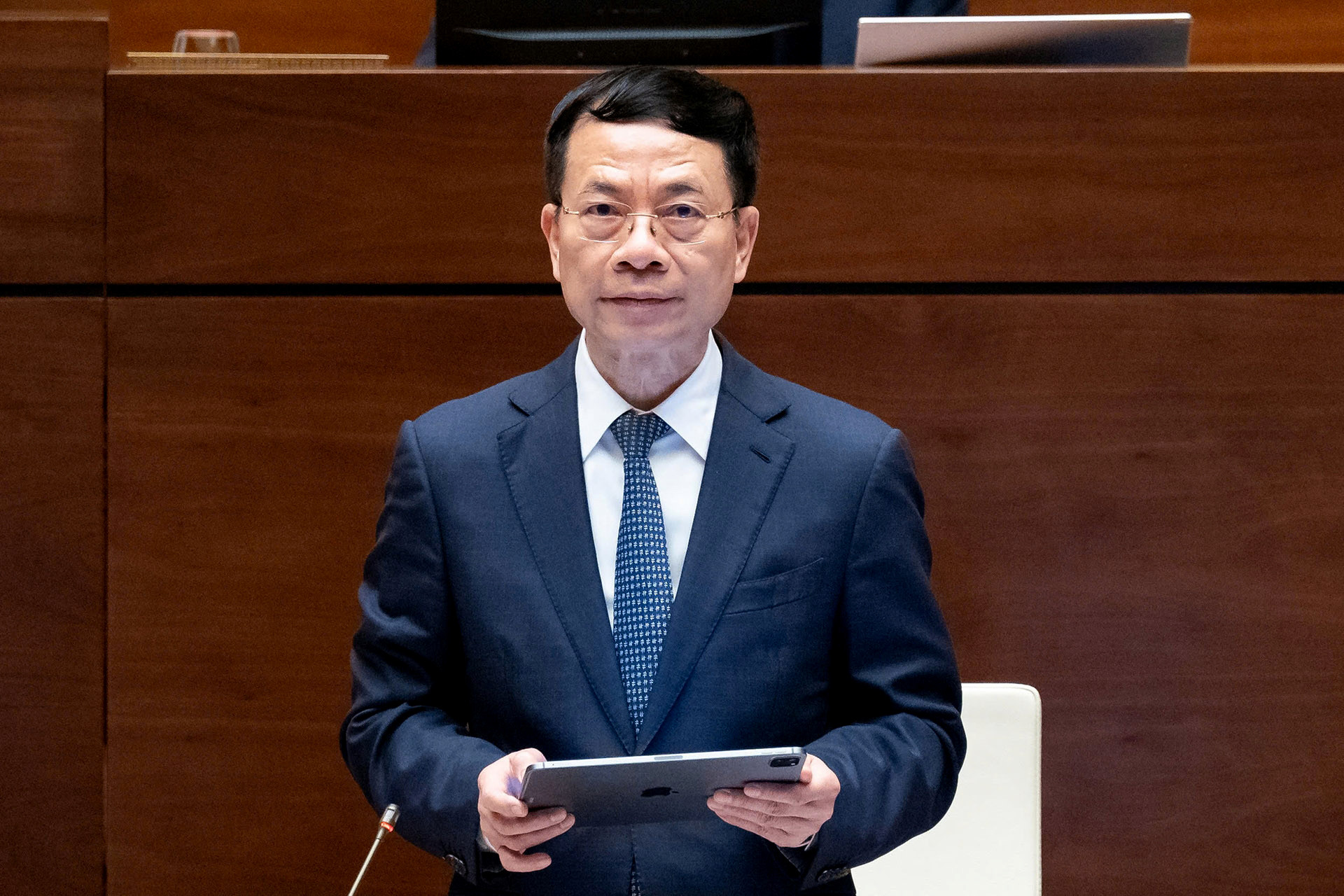
Minister of Information and Communications Nguyen Manh Hung. Photo: QH
Minister Nguyen Manh Hung said that the resolution does not have the ambition to remove all bottlenecks, especially when the resolution was prepared in a short time, but focuses on piloting a few special policies and mechanisms, under the authority of the National Assembly , which are basically clear and can be implemented immediately, hitting long-standing bottlenecks and urgent issues, to create breakthrough development, and immediately implement Resolution 57.
According to the Minister, next May, the National Assembly will pass the Law on Science, Technology and Innovation, the Law on Digital Technology Industry, and other related laws. This will be an opportunity for us to continue to fundamentally address issues related to institutions, policies and mechanisms for science, technology, innovation and digital transformation. Many opinions expressed by delegates will be studied and incorporated when finalizing these laws.
In response to the opinions of National Assembly delegates, the resolution drafting agency will consider removing from the resolution some policies that require more time to study and comprehensively evaluate their impacts, such as the policy on the autonomy mechanism of science and technology organizations.
Regarding the reform of financial management mechanisms in the implementation of scientific and technological research, granting autonomy in the use of research funds; and accepting risks in research, according to Minister Nguyen Manh Hung, these are contents with many long-standing problems. The root of the problem is that the State wants to avoid risks, so it sets out many complicated procedures, placing a lot of responsibility on research organizations, and as a result, research facilities do not dare to accept large-scale, high-risk research, such as basic research.
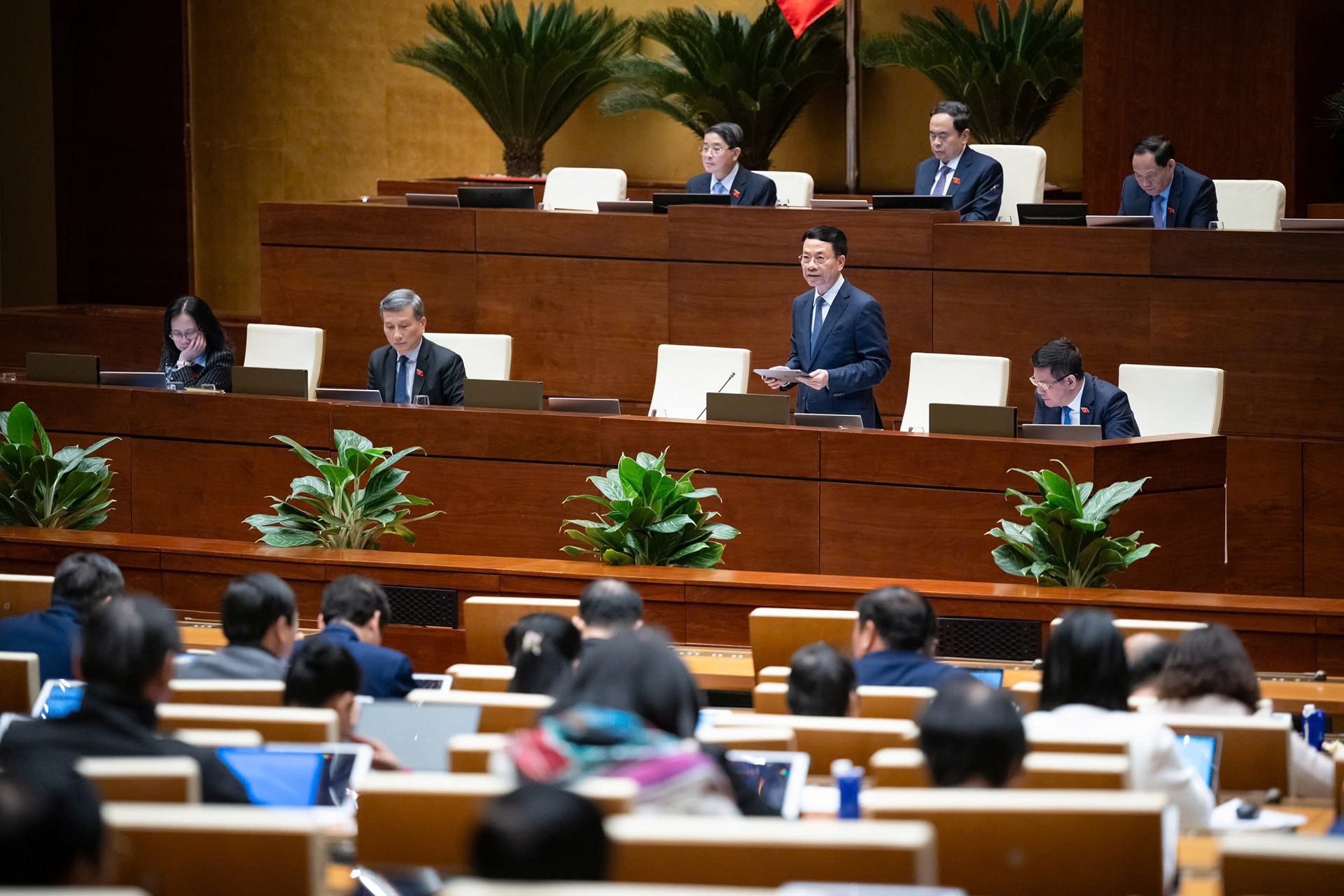
Minister of Information and Communications Nguyen Manh Hung explained some issues of interest to delegates.
According to the Minister, research is inherently risky and is a high-risk investment. Therefore, this draft Resolution will pilot a funding mechanism for most research without committing to the final results. The State will manage through evaluating research stages to continue funding, and evaluate research institutions with results to assign them to continue implementing the topics. The draft Resolution allows the State to fund research through the fund mechanism.
The draft Resolution also stipulates exemption from civil liability and no need to return funds if the research does not produce the expected results.
"Hopefully, with these special policies and mechanisms, with the distinction between basic research and applied research to have different policies and management mechanisms, creating openness for both, the state budget expenditure for science and technology, currently at 1%, will increase to at least 2% as prescribed by the Law on Science and Technology, and be effective," Minister Nguyen Manh Hung shared.
Strong policies to commercialize research results
Regarding the commercialization of research results , according to the Minister, this is a major and long-standing bottleneck. Research results must be commercialized to contribute to socio-economic development.
The draft Resolution piloted the permission for research institutions to own and have autonomy over research results, with assets formed from research, to proactively commercialize immediately after the end of the research. Researchers are also entitled to at least 30% of commercialization results, and are allowed to participate in establishing and operating enterprises.
These are very strong policies to commercialize research results, including research results from previous years, creating benefits for both the country and the individual. Because commercialized research results will help the State collect taxes, create jobs, and the country will have a higher level of science and technology. This is an indirect way for the State to recover its science and technology expenditures.
Regarding telecommunications infrastructure , Minister Nguyen Manh Hung said that the most important thing at this time is to be quick and invest first; Resolution 57 has a policy that the State must participate in investing in digital infrastructure. To accelerate investment in submarine fiber optic cables invested by Vietnamese enterprises, to go to other routes outside the East Sea region, to increase the sustainability of telecommunications infrastructure, the draft Resolution allows for designated bidding.
Regarding low-altitude satellite telecommunications services , this is a new technology, providing broadband coverage for remote and mountainous areas very effectively. To attract foreign investment, the draft Resolution allows a pilot with up to 100% foreign ownership, but must ensure national defense, security, and sovereignty.
Regarding national digital transformation , the word "fast" is also needed, especially for the two years 2025-2026 to quickly create the foundations and driving forces for national digital transformation in the following years. The draft Resolution allows a bidding mechanism for some types of digital transformation projects. Incorporating the opinions of National Assembly deputies, the drafting agency will continue to more clearly limit the cases of bidding to avoid abuse, as well as supplement regulations on auditing and post-auditing.
Regarding the semiconductor industry , according to Minister Nguyen Manh Hung, this is a strategic industry. Vietnam aims to fully develop all stages of this industry. The most difficult of these is the manufacturing plant, especially the first manufacturing plant, which is very important for research and testing of chips designed in Vietnam, very important for the production of specialized chips in Vietnam, especially for national defense and security; and very important for human resource training.
This small-scale factory, costing less than 1 billion USD, is more like a laboratory than a factory, and the State should have invested in it entirely. However, to attract businesses to invest and operate, the draft Resolution proposes a mechanism to support 30% of the total investment value.
There are opinions from National Assembly delegates proposing a higher support level, up to 50%, if done faster, and a minimum of 30%; allowing businesses to use the science and technology fund for investment because this is a research and development project, not purely business; allowing businesses to allocate a science and technology fund higher than 10% in a number of years to invest in factories.
Vietnamnet.vn


![[Photo] Special flag-raising ceremony to celebrate the 135th birthday of President Ho Chi Minh](https://vphoto.vietnam.vn/thumb/1200x675/vietnam/resource/IMAGE/2025/5/19/1c5ec80249cc4ef3a5226e366e7e58f1)

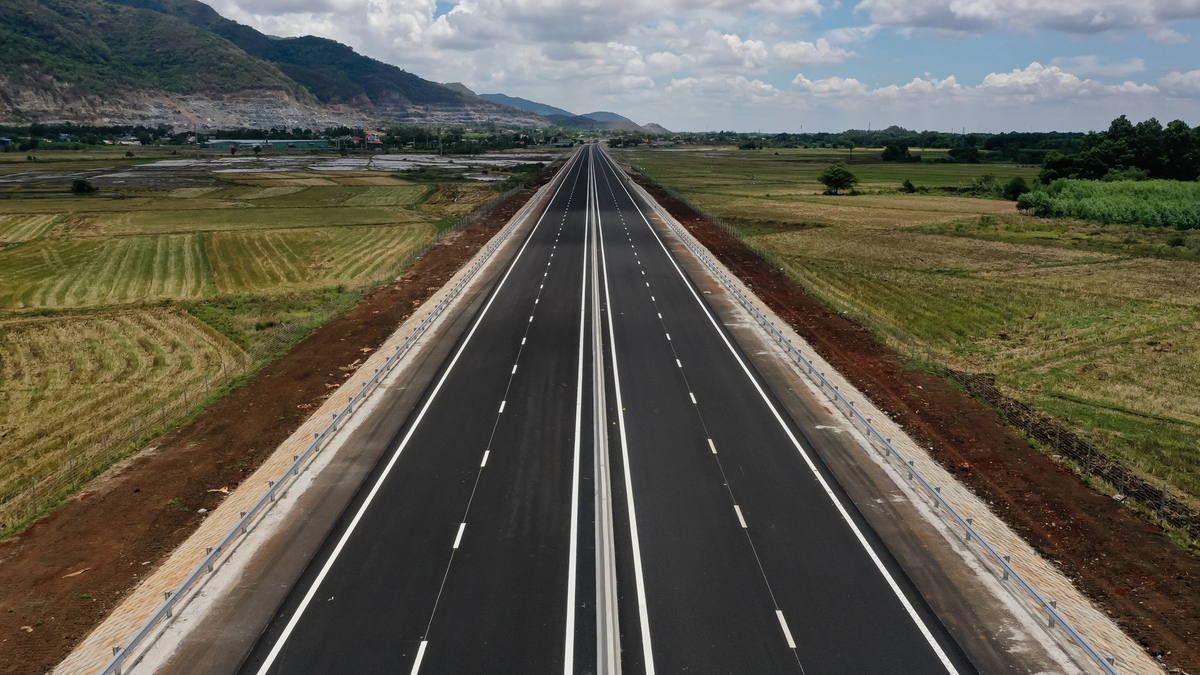
![[Photo] Party and State leaders attend the special art program "You are Ho Chi Minh"](https://vphoto.vietnam.vn/thumb/1200x675/vietnam/resource/IMAGE/2025/5/18/6895913f94fd4c51aa4564ab14c3f250)
![[Photo] Party and State leaders visit President Ho Chi Minh's Mausoleum](https://vphoto.vietnam.vn/thumb/1200x675/vietnam/resource/IMAGE/2025/5/19/d7e02f242af84752902b22a7208674ac)









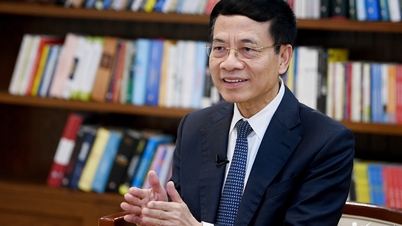
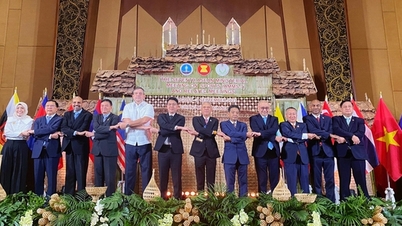


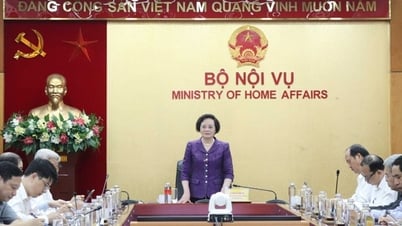



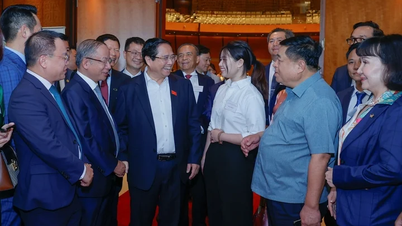

















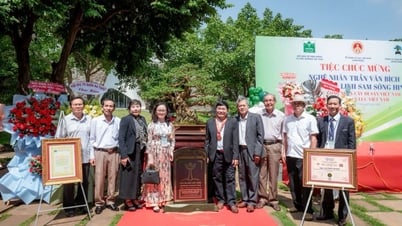






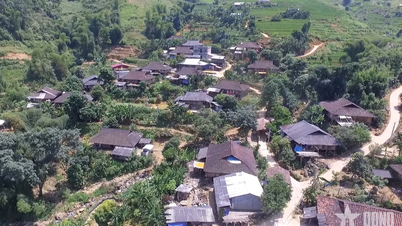

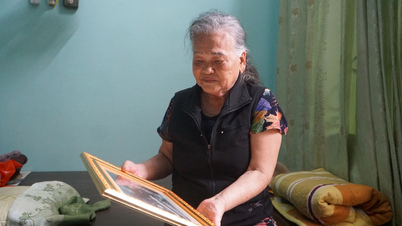

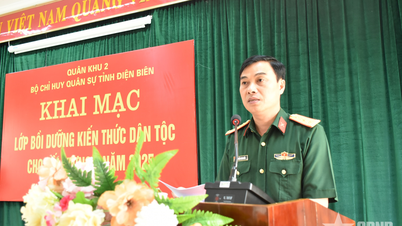



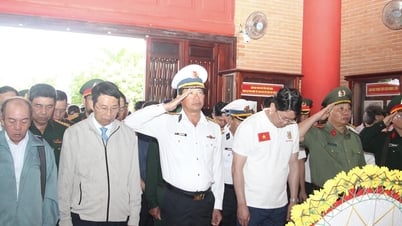





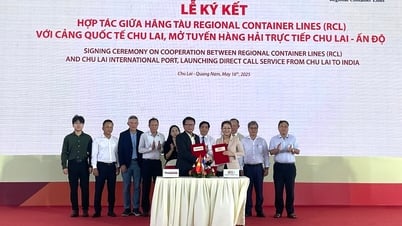








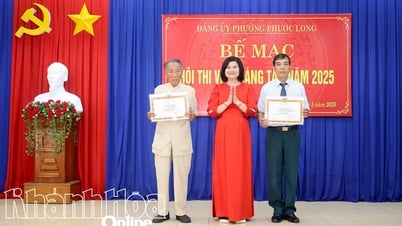










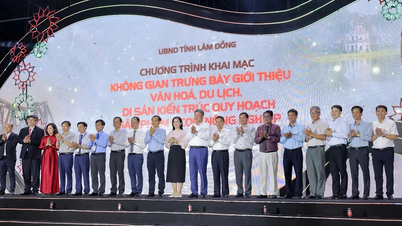







Comment (0)